

Articles
Cooling Fan Comes On When Car Is Cold
Modified: December 6, 2023
Keep your car cool with our articles on how the cooling fan comes on when the car is cold. Learn how this important feature works and keeps your engine running smoothly.
(Many of the links in this article redirect to a specific reviewed product. Your purchase of these products through affiliate links helps to generate commission for Storables.com, at no extra cost. Learn more)
Cooling Fan Comes On When Car Is Cold
Have you ever noticed that your car’s cooling fan kicks on even when the engine is cold? You might wonder why this happens and if it’s something to be concerned about. In this article, we’ll explore why cooling fans activate when the car is cold, the benefits of this operation, and any potential issues that may arise.
Before we delve into the reasons behind cooling fan activation, let’s first understand how cooling fans work in a car. The cooling fan is an essential component of the cooling system, responsible for maintaining the engine’s operating temperature. It draws air through the radiator to dissipate the heat generated by the engine, preventing overheating and ensuring optimal performance.
Now, you may be wondering why the cooling fan would turn on when the car is cold. The reason behind this is to prepare the engine for operation. When you start your car, the engine is cold, and it needs to warm up to its optimal operating temperature. By activating the cooling fan, it helps to accelerate the warm-up process by circulating air around the engine, effectively reducing the time it takes for the engine to reach its ideal temperature.
There are several benefits to having the cooling fan activate when the car is cold. Firstly, it helps to improve fuel efficiency. When the engine is cold, it operates less efficiently, resulting in higher fuel consumption. By speeding up the warm-up process, the cooling fan helps to optimize fuel efficiency sooner, reducing fuel consumption and saving you money in the long run.
Additionally, activating the cooling fan when the car is cold helps to reduce emissions. During the warm-up phase, the engine produces higher emissions as it operates in a less efficient state. By bringing the engine to its optimal temperature more quickly, the cooling fan assists in reducing emissions, promoting a cleaner and environmentally-friendly driving experience.
While the activation of the cooling fan when the car is cold offers several benefits, it’s important to be aware of any potential issues. If the cooling fan does not turn off even after the engine has reached its operating temperature, it could indicate a malfunction. This can lead to increased fuel consumption, reduced engine performance, or even damage to the cooling system. If you notice this issue, it’s advisable to have your car inspected by a qualified mechanic.
If you wish to disable the cooling fan from activating when the car is cold, it’s possible to do so through a few simple steps. However, it’s important to note that tampering with the cooling system can have adverse effects on your car’s performance and lead to potential overheating issues. Hence, it’s best to consult with a professional mechanic before making any modifications.
In summary, the activation of the cooling fan when the car is cold is a normal and beneficial operation. It helps to accelerate the warm-up process, improve fuel efficiency, and reduce emissions. However, it’s important to monitor the cooling fan’s behavior and address any malfunctions promptly to avoid potential issues. If in doubt, always consult with a trusted mechanic for guidance and assistance.
Key Takeaways:
- Cooling fans activating when the car is cold is a normal and beneficial operation, accelerating engine warm-up, improving fuel efficiency, and reducing emissions, contributing to a cleaner and more efficient driving experience.
- While the benefits of cooling fan activation in cold conditions are evident, it’s crucial to monitor their behavior and address any potential issues promptly to prevent increased fuel consumption, reduced engine performance, or overheating.
Introduction
Cooling fans are an integral part of a car’s cooling system, responsible for regulating the engine’s temperature and preventing overheating. However, you may have noticed that the cooling fan sometimes comes on even when the car is cold. You may wonder why this happens and if it’s something to be concerned about.
In this article, we will explore the reasons behind the activation of cooling fans when the car is cold. We’ll discuss how cooling fans work, why they activate in cold conditions, the benefits of this operation, and any potential issues that may arise. By understanding the purpose and function of cooling fans in cold conditions, you can gain insight into the workings of your vehicle and potentially diagnose any problems that may arise.
The cooling fan plays a crucial role in maintaining the optimal operating temperature of the engine. When the engine is running, it generates heat. If this heat is not dissipated effectively, the engine can overheat, leading to potential damage or even engine failure. The cooling fan helps in drawing air through the radiator, which aids in dissipating the heat generated by the engine.
While it’s normal for the cooling fan to engage when the engine is hot, it may be surprising to see it kick in when the car is cold. This behavior is intentional and serves a specific purpose. When you start your car, the engine is cold, and it needs to reach its ideal operating temperature as quickly as possible. By activating the cooling fan when the car is cold, it helps to accelerate the engine’s warm-up process.
The activation of the cooling fan in cold conditions allows air to circulate around the engine, aiding in its heating process. It helps to reduce the time it takes for the engine to reach its optimal temperature, ensuring efficient and smoother operation. This is especially important during colder weather conditions when engines tend to take longer to warm up.
Understanding why cooling fans activate when the car is cold can help you appreciate the technology behind it. It’s a testament to the thoughtful design and engineering that goes into creating a reliable and efficient cooling system. By having the cooling fan come on when the car is cold, automotive manufacturers have taken measures to improve the performance, fuel efficiency, and emission levels of their vehicles.
In the following sections, we will further explore the intricacies of cooling fans and explore the benefits and potential issues associated with their operation in cold conditions. By gaining a deeper understanding of this phenomenon, you can better appreciate the sophistication of modern vehicles and the measures taken to ensure their optimal performance.
How Cooling Fans Work
Cooling fans are an essential component of a car’s cooling system, working to regulate the temperature of the engine and prevent overheating. Understanding how cooling fans operate can provide valuable insight into their function and the role they play in maintaining optimal engine performance.
Cooling fans are typically electrically powered and located behind the radiator at the front of the engine compartment. Their primary function is to draw air through the radiator, which helps dissipate the heat generated by the engine. By pulling cool air from the outside, the cooling fan aids in cooling down the heated coolant that flows through the radiator.
When the engine reaches a specific temperature threshold, usually around 200-230 degrees Fahrenheit, a temperature sensor detects the heat and signals the cooling fan to engage. This can occur during normal engine operation or when the car is at rest, such as at a stoplight or in a traffic jam.
There are two main types of cooling fans: mechanical and electric. Mechanical fans are driven by the engine’s crankshaft and typically engage and disengage based on engine RPM. Electric fans, on the other hand, are controlled by the vehicle’s engine control unit (ECU) and can be more precisely regulated based on engine temperature.
Electric cooling fans have become more common because they offer several advantages over mechanical fans. They can be controlled more precisely, allowing for optimal temperature regulation. Electric fans also free up horsepower that would otherwise be used to drive a mechanical fan, resulting in better fuel efficiency.
In addition to temperature sensors, other factors can also trigger the activation of cooling fans. For example, the air conditioning system can engage the cooling fans to help dissipate the extra heat generated by the AC compressor. This is particularly important when the car is stationary or moving at low speeds, where airflow through the radiator may be limited.
Cooling fans typically have multiple speeds or can operate in a variable speed mode. This allows them to adjust their airflow depending on the engine’s temperature and cooling requirements. The ECU monitors the engine’s temperature and controls the fan speed accordingly, ensuring efficient cooling in various driving conditions.
Overall, cooling fans are a vital component of a car’s cooling system, working to prevent overheating and maintain optimal engine temperature. By drawing air through the radiator, they dissipate heat and assist in cooling the heated coolant before it circulates back into the engine. Whether mechanically or electrically driven, cooling fans play a crucial role in ensuring the longevity and performance of your vehicle.
Why Cooling Fans Activate When Car Is Cold
It may seem counterintuitive for cooling fans to activate when the car is cold, but there are logical reasons behind this operation. The primary purpose of cooling fans is to regulate the engine’s temperature and prevent overheating. However, they can also contribute to optimizing engine performance and efficiency when the car is cold.
When you start your car, the engine is cold and needs to warm up to its optimal operating temperature. During this initial phase, the engine operates less efficiently, resulting in higher fuel consumption and increased emissions. Here’s why cooling fans activate when the car is cold:
Accelerating the Warm-up Process: By activating the cooling fans, air circulation increases around the engine, which helps to expedite the warming-up process. The additional airflow facilitates the transfer of heat from the engine to the surrounding environment, enabling the engine to reach its optimal operating temperature more quickly. This benefits the car by enhancing fuel efficiency and reducing emissions sooner.
Reducing Cold Start Wear and Tear: During the warm-up phase, the engine components, such as pistons, rings, and cylinder walls, are expanding due to heat. When the engine is cold, there can be insufficient lubrication, causing increased friction and wear. By activating the cooling fans, the engine warms up faster, helping to reduce cold start wear and tear on critical engine components.
Improving Passenger Comfort: In cold weather, the interior of the car may take longer to heat up, making for an uncomfortable driving experience. When the cooling fans activate, they facilitate the transfer of heat from the engine to the cabin, which helps to warm up the passenger compartment more quickly. This enhances passenger comfort during the initial phase of the drive.
Automotive manufacturers integrate these features into their vehicles to optimize engine performance, reduce emissions, and minimize wear and tear. By activating the cooling fans when the car is cold, they aim to achieve these objectives while enhancing the overall driving experience.
It’s important to note that the activation of cooling fans when the car is cold is closely monitored and controlled by the engine control unit (ECU). The ECU considers various factors such as ambient temperature, engine temperature, and driving conditions to determine when to engage the fan. This ensures that the fans operate only when necessary, striking a balance between efficiency and performance.
While the activation of cooling fans when the car is cold may seem unusual at first, it serves a significant purpose in optimizing engine performance, enhancing fuel efficiency, reducing emissions, and improving passenger comfort. By understanding and appreciating this operation, you can gain insight into the engineering and design considerations that contribute to the overall functionality and efficiency of modern vehicles.
Benefits of Cooling Fans Activating When Car Is Cold
The activation of cooling fans when the car is cold offers several benefits that contribute to the overall performance, efficiency, and longevity of the vehicle. While it may seem unusual for the fans to engage during colder temperatures, they provide several advantages that make them an essential component of the cooling system.
1. Faster Engine Warm-up: By activating the cooling fans when the car is cold, the engine warms up more quickly. This allows the engine to reach its optimal operating temperature, where it operates efficiently and with reduced friction. The faster warm-up time improves engine performance and helps prevent wear and tear on critical engine components.
2. Improved Fuel Efficiency: During the warm-up phase, the engine operates less efficiently, resulting in higher fuel consumption. By accelerating the warm-up process, the cooling fans help the engine reach its optimal temperature sooner. This promotes improved fuel efficiency, reducing the amount of fuel needed for the engine to perform optimally. Ultimately, this can lead to fuel savings over time.
3. Enhanced Emission Reduction: Cold engines tend to produce higher emissions due to incomplete combustion caused by suboptimal operating temperatures. By activating the cooling fans and expediting the engine warm-up process, the efficient combustion process is achieved sooner. This leads to a reduction in emissions, contributing to a cleaner and more environmentally friendly driving experience.
4. Improved Passenger Comfort: During colder weather, the interior of the car can take a while to warm up. By engaging the cooling fans, the excess heat generated by the engine is redirected towards the passenger compartment, helping to warm it up faster. This enhances passenger comfort, especially during the initial phase of the drive when the heater may not yet be fully effective.
5. Optimal Cooling System Performance: The activation of the cooling fans when the car is cold helps ensure the optimal operation of the cooling system as a whole. By rapidly dissipating heat from the engine, the cooling system can function efficiently, maintaining the engine at its ideal temperature even in cold conditions. This helps prevent overheating and promotes the longevity of the engine.
Overall, the activation of cooling fans when the car is cold provides significant benefits that positively impact engine performance, fuel efficiency, emissions reduction, and passenger comfort. By understanding and appreciating these advantages, car owners can gain insight into how their vehicle operates and the measures taken to optimize its functionality under various conditions.
Check the coolant level and the condition of the radiator. Low coolant or a faulty radiator can cause the cooling fan to come on when the car is cold.
Read also: 15 Amazing Cold Fan for 2024
Potential Issues with Cooling Fans Activating When Car Is Cold
While the activation of cooling fans when the car is cold offers numerous benefits, there are potential issues that can arise if the system malfunctions or operates abnormally. It’s important to be aware of these issues to identify and address them promptly to prevent further damage or performance issues.
1. Increased Fuel Consumption: If the cooling fans continue to run even when the engine has reached its optimal operating temperature, it can result in increased fuel consumption. This occurs because the fans draw power from the engine, requiring it to work harder and consume more fuel. Monitoring the fan behavior and ensuring they turn off when no longer needed can help mitigate this issue.
2. Reduced Engine Performance: Abnormal cooling fan activation can impact the engine’s overall performance and efficiency. If the fans remain on continuously, they can cool the engine excessively, causing it to run below its optimal operating temperature. This can lead to reduced engine power, decreased fuel efficiency, and potential drivability issues.
3. Cooling System Malfunction: If the cooling fan fails to activate or engage when the engine reaches its operating temperature, it can lead to overheating. This can cause significant damage to the engine, such as warped cylinder heads, blown head gaskets, or even engine seizure. It’s crucial to monitor the temperature gauge and address any cooling system malfunctions promptly to avoid such issues.
4. Electrical System Problems: As cooling fans are electrically powered, issues with the electrical system can impact their operation. Wiring faults, faulty relays, or malfunctioning temperature sensors can result in incorrect fan activation or failure to engage altogether. Regular inspection of the electrical components and addressing any wiring or sensor issues can help prevent electrical system problems.
5. Noise and Vibration: Cooling fans can produce noise and vibrations when they activate, especially at higher speeds. While this is generally normal operation, excessively loud or abnormal noises can indicate a problem with the fan blades, motor, or bearings. Regular maintenance and inspection of the cooling system can help identify and resolve any noise or vibration issues.
6. Overcooling in Extreme Cold Conditions: In extremely cold weather conditions, the activation of cooling fans when the engine is cold can lead to overcooling. This occurs when the fans remove heat from the engine faster than it can generate, resulting in the engine operating at temperatures lower than optimal. Overcooling can negatively impact fuel efficiency, emissions, and engine performance.
If you experience any of these potential issues with the cooling fan system, it’s advisable to consult with a qualified mechanic. They can diagnose the problem, identify the underlying cause, and provide the necessary repairs or maintenance to ensure the cooling system operates optimally.
Regular maintenance of the cooling system, including inspecting fan operation, wiring, and temperature sensors, can help detect and prevent potential issues. By addressing any problems early on, you can maintain the performance, efficiency, and longevity of your vehicle’s cooling system, and prevent further damage or inconvenience.
How to Diagnose Cooling Fan Activation When Car Is Cold
Diagnosing cooling fan activation when the car is cold involves a systematic approach to identify any potential issues with the cooling system. By following these steps, you can gain insight into the problem and determine the necessary course of action:
1. Observe the Fan Behavior: Start by observing the cooling fan’s behavior when you first start the car. Does the fan immediately come on when the engine is cold, or does it take some time to engage? Note any unusual noises, such as grinding or squeaking, or vibrations that may suggest an issue with the fan motor or blades.
2. Monitor Temperature Gauge: Keep an eye on the temperature gauge as the engine warms up. Does it rise steadily within the normal operating range, or does it fluctuate excessively? If the gauge remains consistently low or high, it may indicate a problem with the cooling fan system or thermostat.
3. Check for Faulty Sensors: Faulty temperature sensors can cause incorrect fan activation. Consider using an OBD-II scanner to monitor the engine’s temperature reading in real-time. Compare the scanner’s reading with the temperature gauge on the dashboard. If there is a significant discrepancy, it may indicate a faulty temperature sensor that requires replacement.
4. Inspect Electrical Connections: Check the electrical connections related to the cooling fan system. Look for loose, corroded, or damaged wiring and connectors. Ensure that all connections are secure and free of any debris or moisture. Check the fuses and relays related to the cooling fans and replace any that are blown or faulty.
5. Perform Cooling System Pressure Test: A cooling system pressure test can help identify any leaks or issues with the cooling system. This test involves pressurizing the system to check for any signs of coolant leakage. A professional mechanic can perform this test accurately and detect any leaks that may be affecting the fan operation.
6. Consult with a Qualified Mechanic: If you’re unable to diagnose the issue on your own or if you’re unfamiliar with automotive repairs, consult with a qualified mechanic. They have the expertise and diagnostic equipment to identify the underlying problem and recommend the appropriate repairs or maintenance.
It’s important to address any cooling fan activation issues promptly as they can lead to overheating, reduced engine performance, or increased fuel consumption. Additionally, seeking professional help ensures that the problem is accurately diagnosed and resolved, preventing further damage or inconvenience.
Remember, regular maintenance and inspection of the cooling system, including the fans, wiring, and sensors, can help prevent potential issues. By staying proactive and addressing any abnormalities early on, you can keep your cooling system in optimal working condition and maintain the performance and longevity of your vehicle.
Steps to Disable Cooling Fans Activating When Car Is Cold
Disabling the cooling fans from activating when the car is cold is not recommended unless necessary, as it can have adverse effects on engine performance and potentially lead to overheating. However, if you find it necessary to disable this feature, here are the steps to do so:
1. Consult the Vehicle Owner’s Manual: Refer to the vehicle owner’s manual to understand the specific steps and precautions for disabling the cooling fans. Different vehicle models may have different procedures or requirements, so it’s essential to follow the manufacturer’s instructions carefully.
2. Locate the Coolant Temperature Sensor: The coolant temperature sensor is responsible for detecting the engine’s temperature and signaling the cooling fans to engage. Locate the sensor, which is typically located near the thermostat housing or on the engine block. Refer to the vehicle’s service manual or online resources for the exact location specific to your vehicle’s make and model.
3. Disconnect the Coolant Temperature Sensor: Once you have located the coolant temperature sensor, disconnect its electrical connector. This will prevent the sensor from sending a signal to the engine control unit (ECU) to engage the cooling fans when the engine is cold.
4. Disable the Temperature Sensor Signal: If disconnecting the coolant temperature sensor is not sufficient to disable the cooling fan activation, you may need to disable the temperature sensor signal through alternative methods. This may involve bypassing or modifying the wiring or using specific tools or devices designed for this purpose. Consulting with a knowledgeable automotive professional or specialist is highly recommended to ensure proper modification without causing any damage to the vehicle’s electrical system.
5. Reconnect and Verify Operation: After completing the steps to disable the cooling fans, reconnect the electrical connector of the coolant temperature sensor. Start the engine and monitor the coolant temperature gauge to confirm that the cooling fans no longer activate when the engine is cold. If the fans do not engage at all, even when the engine reaches its optimal operating temperature, it may indicate a problem with the cooling fan system, and professional intervention may be required.
6. Regular Inspection and Maintenance: Once the cooling fans are disabled from activating when the car is cold, it’s crucial to regularly inspect and monitor the cooling system. This includes checking for any signs of overheating, ensuring adequate coolant levels, and verifying that the cooling fans operate correctly when the engine is warm. Regular maintenance and inspection can help prevent any potential issues and ensure the cooling system continues to function optimally.
It’s important to note that disabling the cooling fans from activating when the car is cold should only be done after careful consideration and consultation with a qualified professional. This step should not be taken lightly, as it can impact engine performance, fuel efficiency, and overall vehicle reliability. If in doubt or if you experience any issues, it’s advisable to seek professional help to perform the necessary modifications or repairs.
Conclusion
The activation of cooling fans when the car is cold may seem peculiar, but it serves a vital purpose in maintaining optimal engine performance and efficiency. By understanding why cooling fans activate in cold conditions, we can appreciate the engineering and design considerations taken to enhance vehicle functionality and environmental impact.
Cooling fans play a significant role in regulating the engine’s temperature, preventing overheating, and optimizing fuel efficiency. When the engine is cold, the activation of cooling fans helps accelerate the warm-up process, reducing fuel consumption, and minimizing emissions. By reaching the optimal operating temperature faster, the engine can operate more efficiently, saving both money and the environment.
While the benefits of cooling fan activation when the car is cold are evident, it’s crucial to monitor their behavior and address any potential issues promptly. Problems such as continuous fan operation or fan failure can lead to increased fuel consumption, reduced engine performance, and even overheating.
Diagnosing the cooling fan system requires a systematic approach, including observing fan behavior, monitoring temperature gauges, inspecting electrical connections, and consulting with a qualified mechanic when necessary. Regular maintenance and inspection of the cooling system can help prevent potential issues and ensure optimal performance.
Disabling the cooling fans from activating when the car is cold is not recommended unless absolutely necessary. However, if it becomes necessary, it is essential to follow the specific instructions provided by the manufacturer and consult with professionals in order to avoid any adverse effects on engine performance or reliability.
In conclusion, understanding the reasons behind cooling fan activation when the car is cold provides valuable insight into the intricate workings of a vehicle’s cooling system. By appreciating the benefits, potential issues, and diagnostic steps involved, we can better maintain the performance, efficiency, and longevity of our vehicles, ensuring a smoother and more enjoyable driving experience for years to come.
Frequently Asked Questions about Cooling Fan Comes On When Car Is Cold
Was this page helpful?
At Storables.com, we guarantee accurate and reliable information. Our content, validated by Expert Board Contributors, is crafted following stringent Editorial Policies. We're committed to providing you with well-researched, expert-backed insights for all your informational needs.
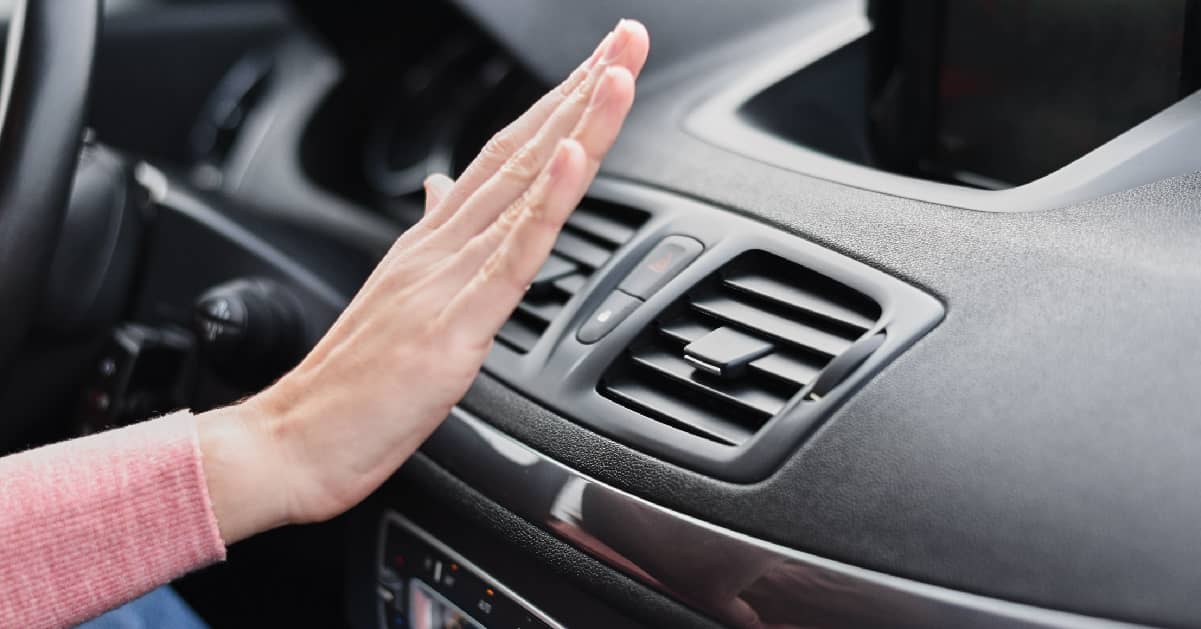


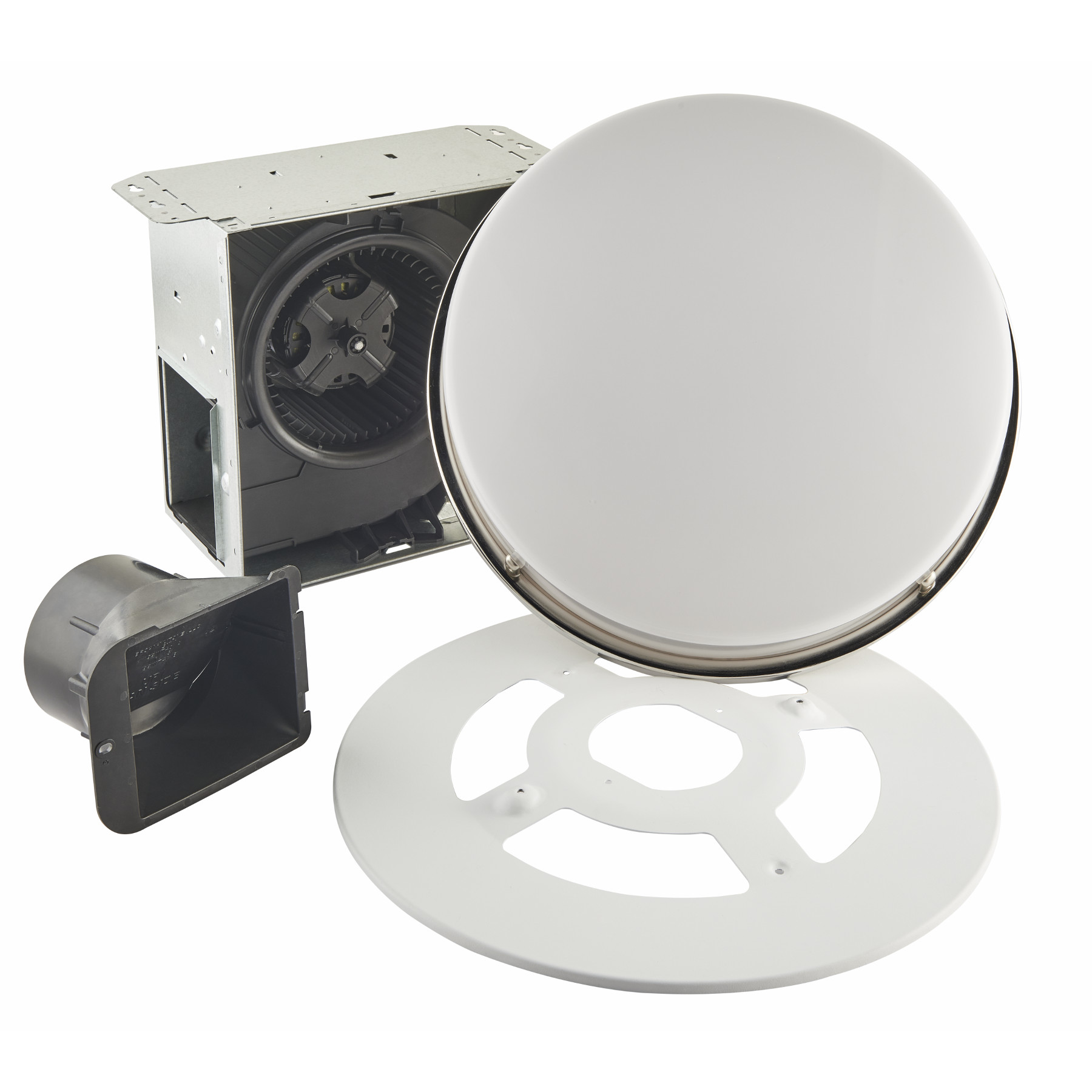
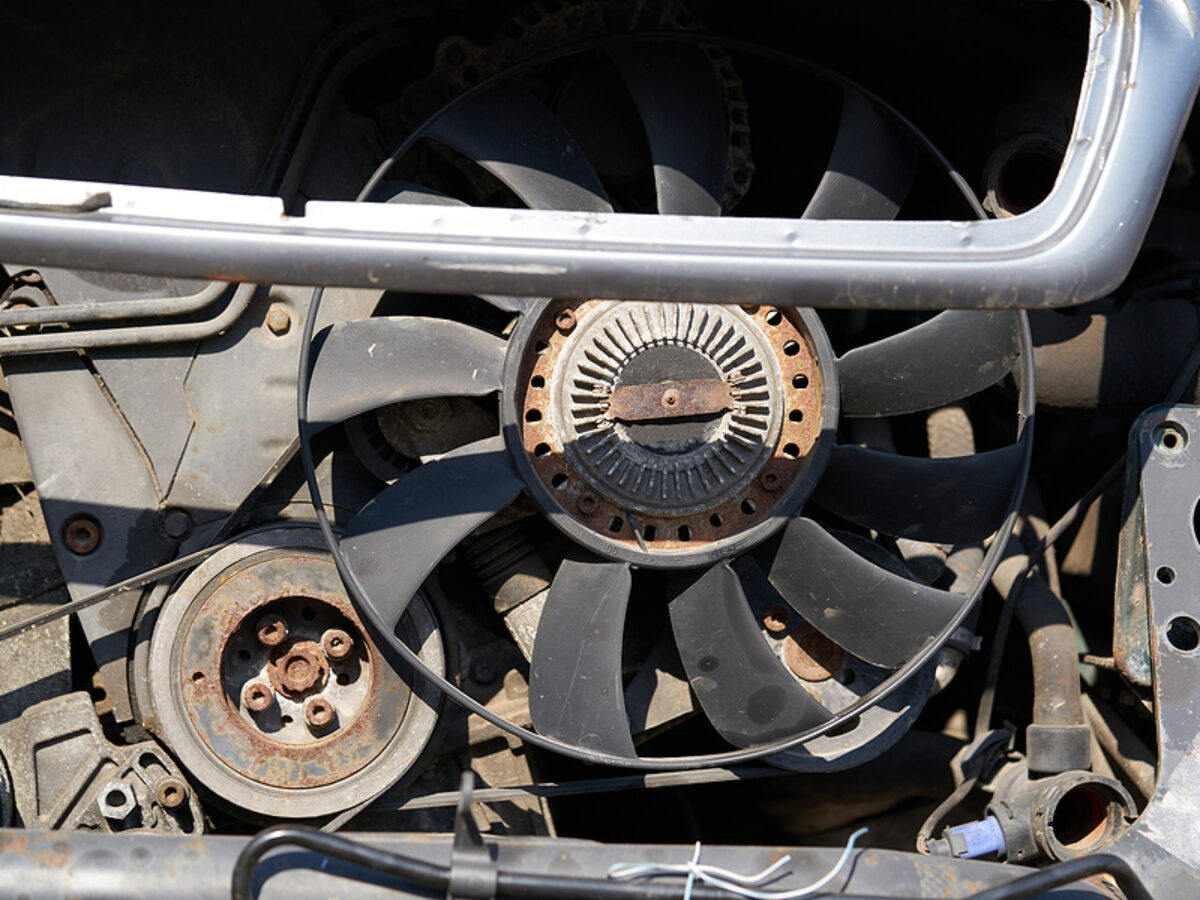
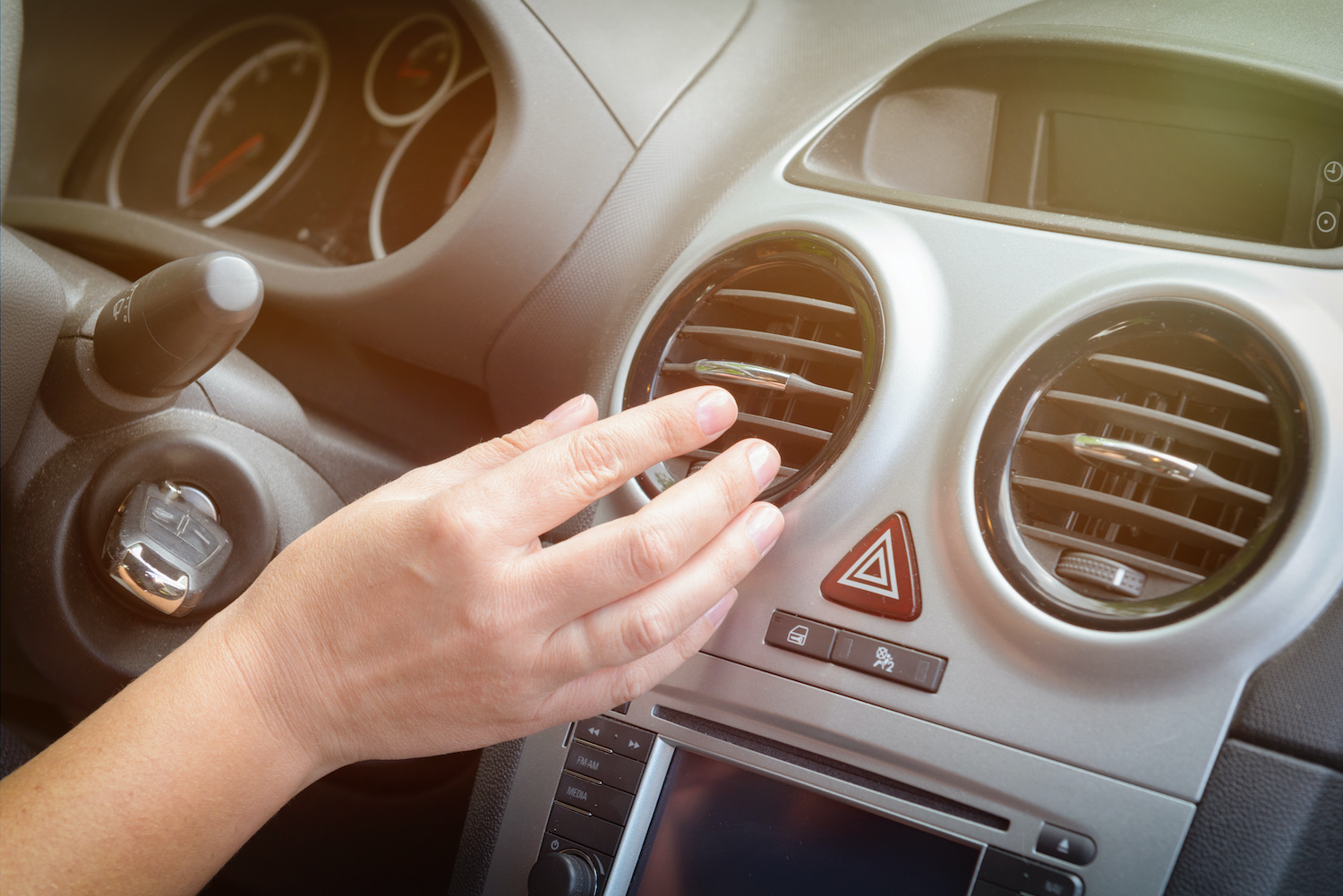


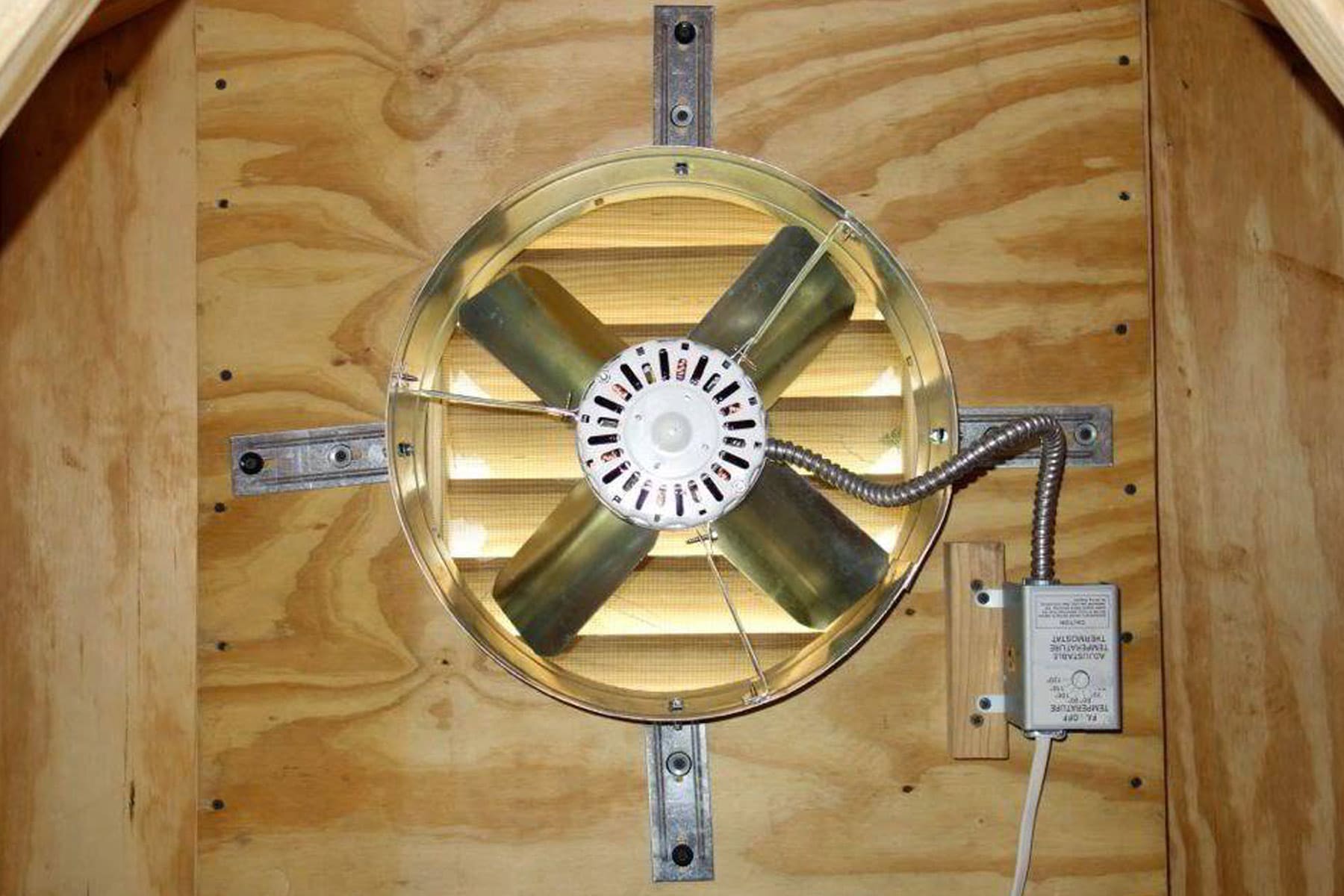
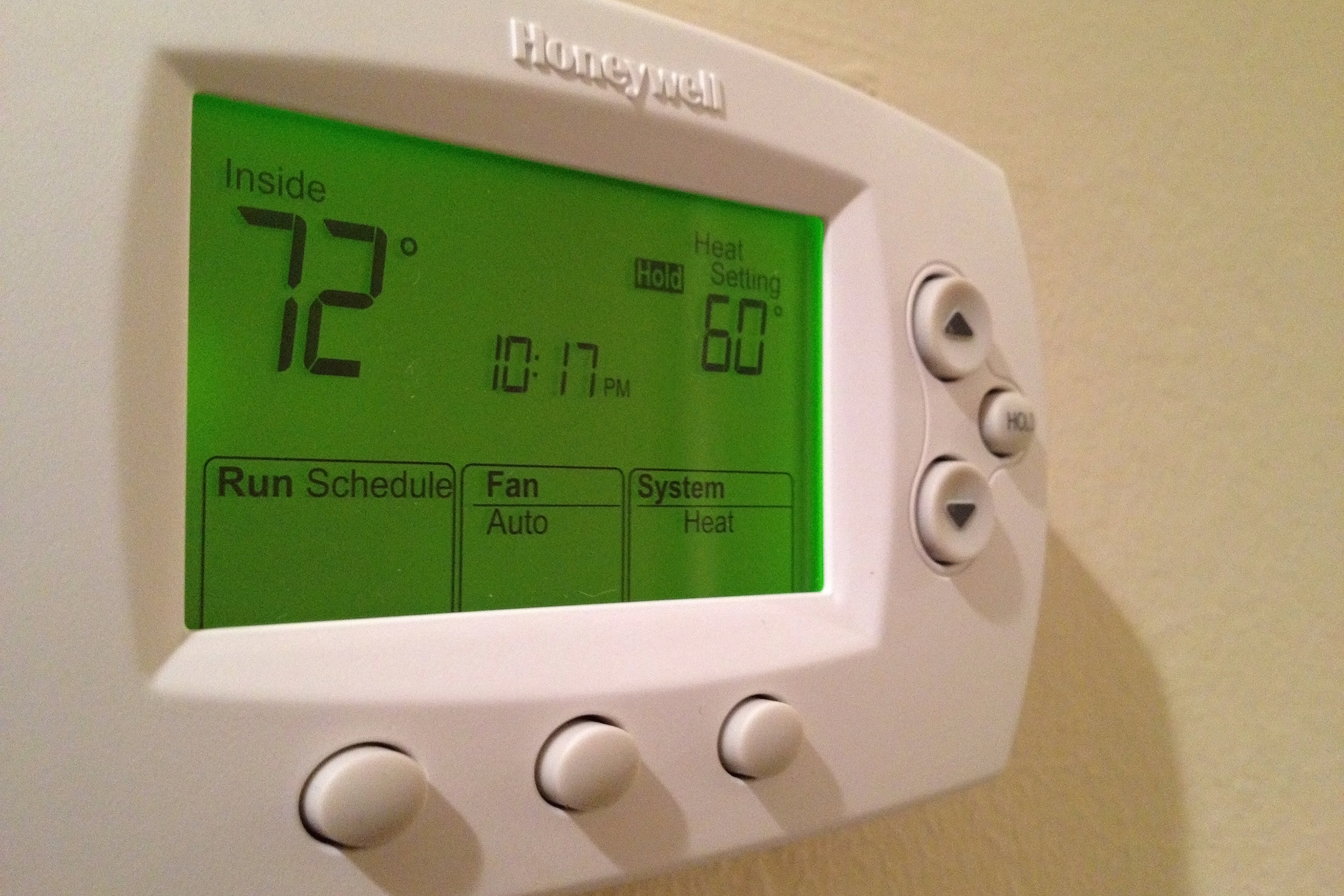
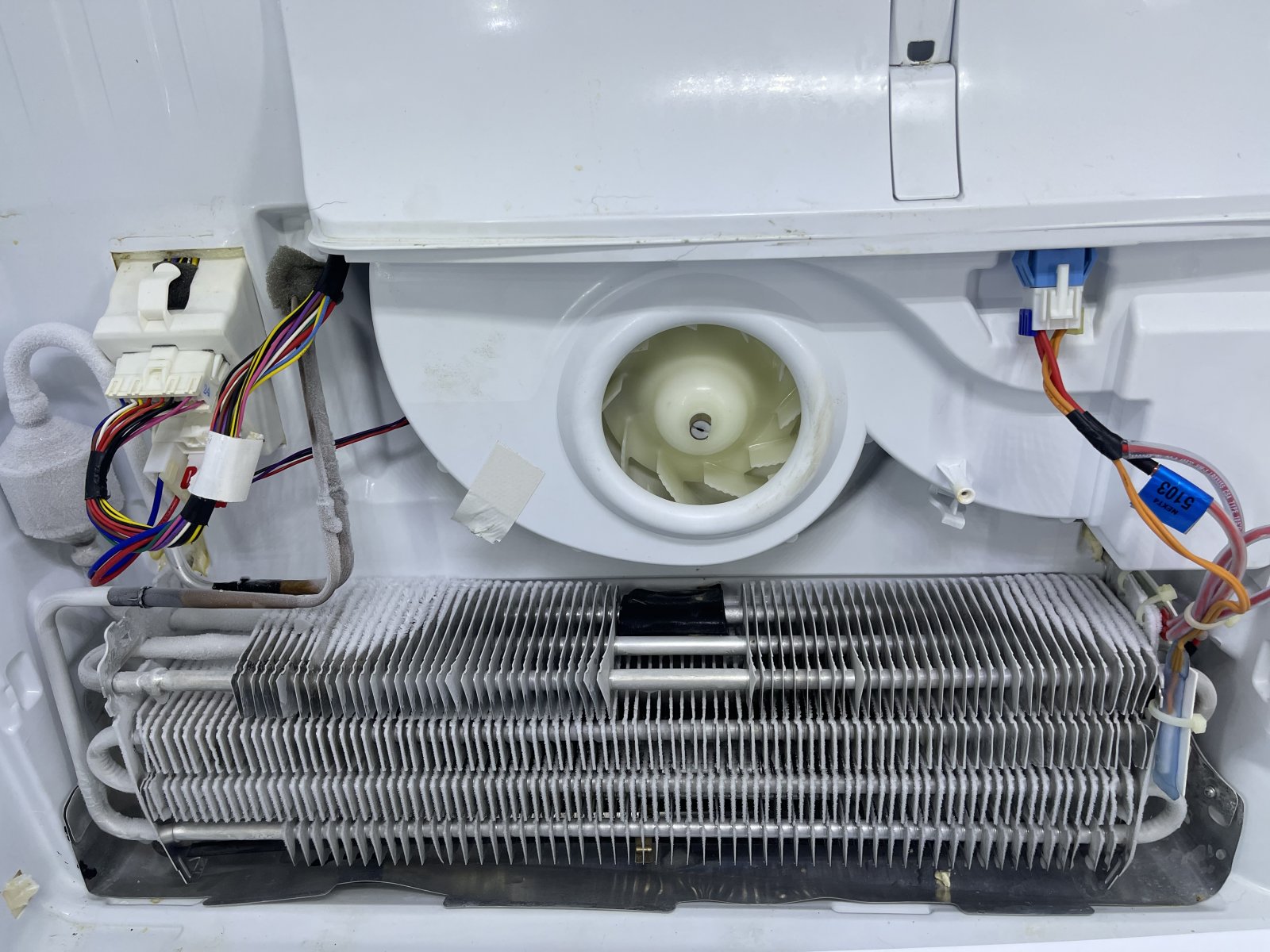
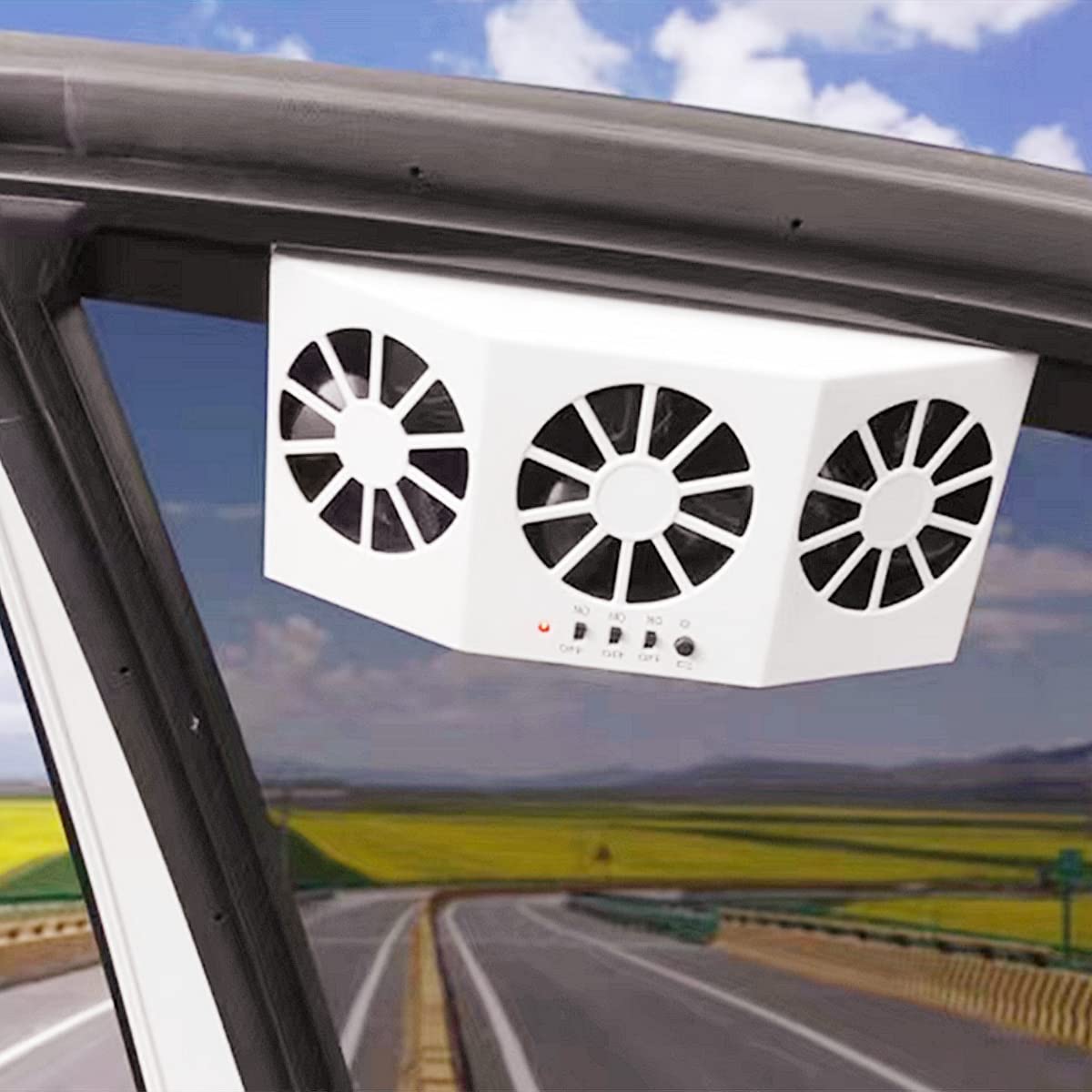

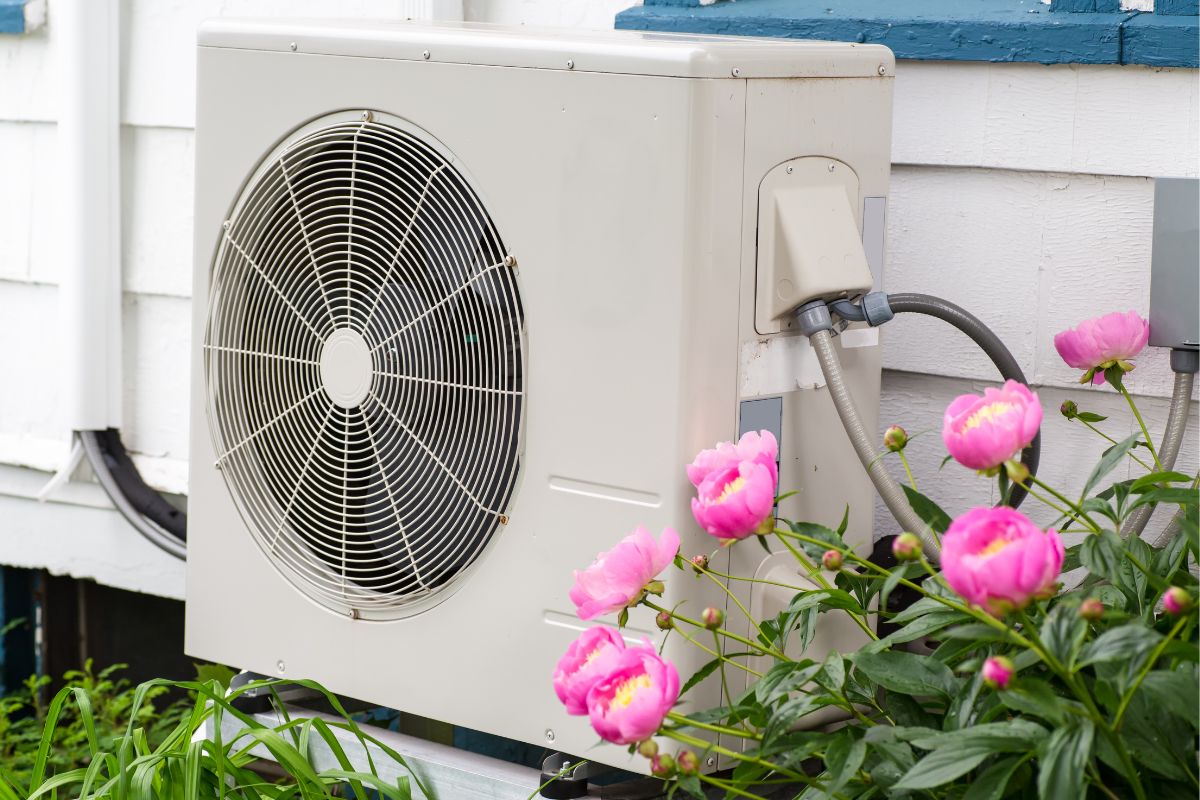

0 thoughts on “Cooling Fan Comes On When Car Is Cold”